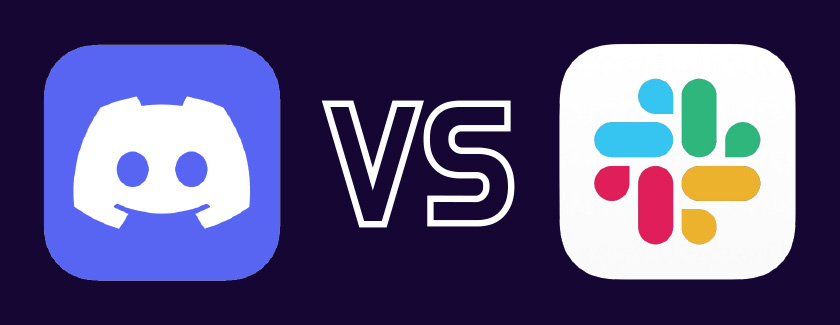
As UX Designers (or designers of any kind for that matter), we tend to want to come up with a perfect, well-polished solution to a problem from the get-go. After all, that is the ultimate goal for a product.
However, being able to magically pull an amazing, innovative solution from your mind and into reality is virtually impossible (unless you somehow have god-like talents). In fact, there is a whole phase within UX Design that involves just hashing out all and any ideas, free of judgment: ideation.
In the ideation phase, it is common and actually preferred for designers to be as out-of-the-box as possible when crafting ideas to solutions because evaluation stifles creativity. The evaluation of ideas will come in a later phase. So long as you understand what problem you are addressing, and you stick to it when crafting ideas, you are good to go.
Let’s look into a famous episode of Nickelodeon’s Spongebob Squarepants for a surprisingly good explanation of ideation methodology, shall we?
At about 44 seconds into this video, the character Squidward is fed up with Spongebob and Patrick’s constant nagging for him to do their supposedly correct “technique” for blowing a bubble, and he finally does it. The technique in question is quite ridiculous as Squidward spins around, hops around, and performs wild stunts—all just to blow a good bubble. He even denies afterwards that the technique helped him blow that bubble.
All this being said, I believe the ridiculousness of this ‘technique’ illustrates surprisingly well how wild, spontaneous, and out-of-the-box some of the ideation methods—or ideation techniques—can be and perhaps should be. The key is to be as judgement-free as possible, because that’s when creativity is sparked and potentially creative ideas are liberally shared and elaborated on.
So, what kinds of ideation methods exist? There are many out there, including those highlighted in this article. Some of them can be done individually, while others require collaborating with colleagues. Whichever methods you choose, though, be sure that they at least address the problem, even if the ideas themselves are crazy or unpolished. Here are a few of my favorites that I used in my assignment.
Brain Dumping
This involves just recording the first ideas that come to your mind. It is simple on the surface but serves, in my opinion, as one of the most powerful methods. I often want to do this method first so that I can perhaps elaborate on some of my brain dumps in other methods. Maybe human instinct is trying to tell me something after all.
Sketching
This seems like another obvious one, but it’s nonetheless very powerful and great for visual learners. I often pair this method with brain dumping so that I can visualize my brain dumps. But sometimes I am too perfectionist with my drawings, so I have to continuously remind myself that a rough sketch will still get the point across.
Worst Possible Idea
Upon reading this article from the Interaction Design Foundation, I was surprised by this method because it seemed counterproductive on the surface. However, looking further into this, it actually has the potential to be a solid foundation for good ideas. Here, very bad ideas are shared and then deconstructed. By doing so, designers often get a better sense of what constitutes a good idea, and then they can build on that.
My Assignment
One week prior, I came up with two POV statements based on user reviews for each of these three apps: Pinterest, LinkedIn, and Google Photos. Now, I took these POV statements and brainstormed solutions to them using different ideation methods, including those just mentioned. Designers and developers could perhaps address problems like such with these ideation methods as well. Here are a few of my findings.

First of all, I decided to use the brain dump method first for all of my statements because I like to jot down what ideas appear first on my mind to get the creative juices flowing, and then expand on some of my brain dumps in other methods. For this particular POV statement, I wanted to challenge through a series of questions a bold assumption (in my opinion) that people besides the developers want frequent changes. Will Pinterest actually be worse off if those changes aren’t implemented?

I’ll admit that both POV statements I made in LinkedIn were tricky to ideate because they were quite broad and addressed a variety of user complaints. And to be honest, I think the app still has a ton of issues. Moving forward, I decided to use cheatstorm by proposing features already implemented on Twitter for LinkedIn. These include the ability to mute certain words and phrases as well as a modified version of marking some posts or comments as sensitive. If a user has the sensitivity filter on, then flagged posts and comments will be marked as sensitive and hidden from view.
Google Photos

Honestly, I have no idea why Google Photos does not allow users to select which photos to back up directly from their camera roll, but maybe I am missing a huge point of the software. That being said, for the POV statement above I decided to focus on adding an integration feature which allows users to upload selected photos from their camera roll. In my IOS sketch I put it in the ‘share’ options menu, and then acknowledged the equivalent menu for Android.
To see my full report on ideation methods for all POV statements, download the PDF here.






